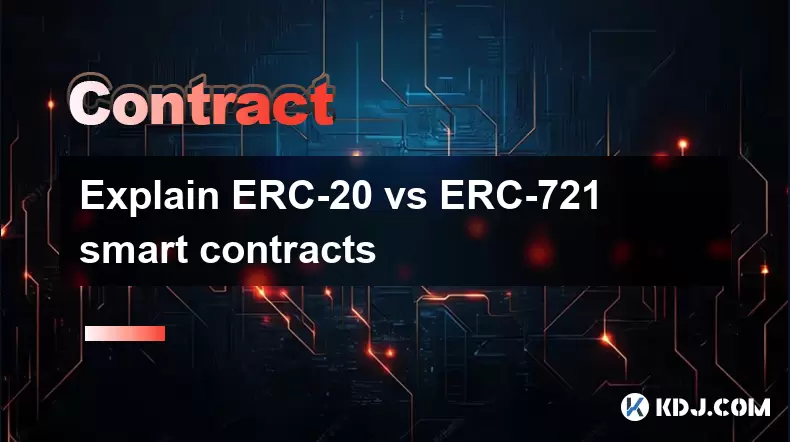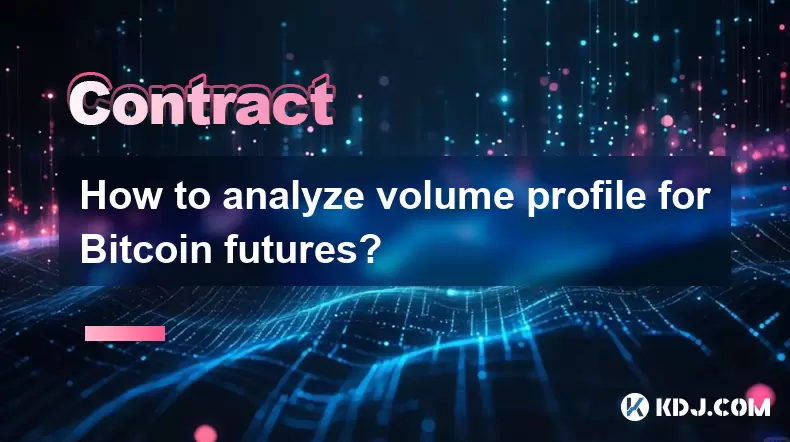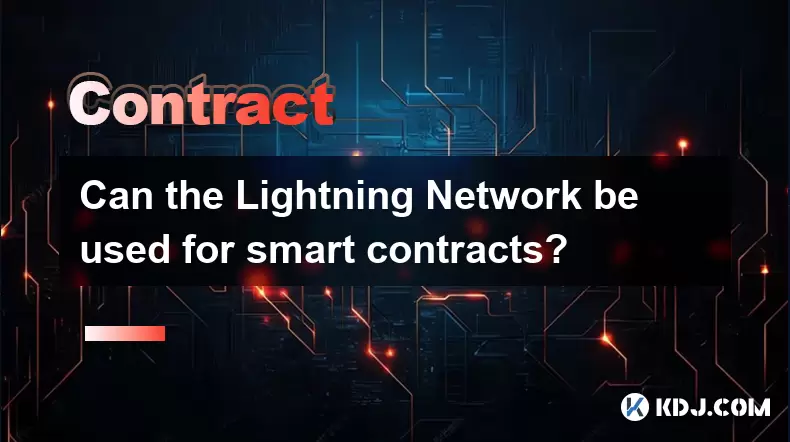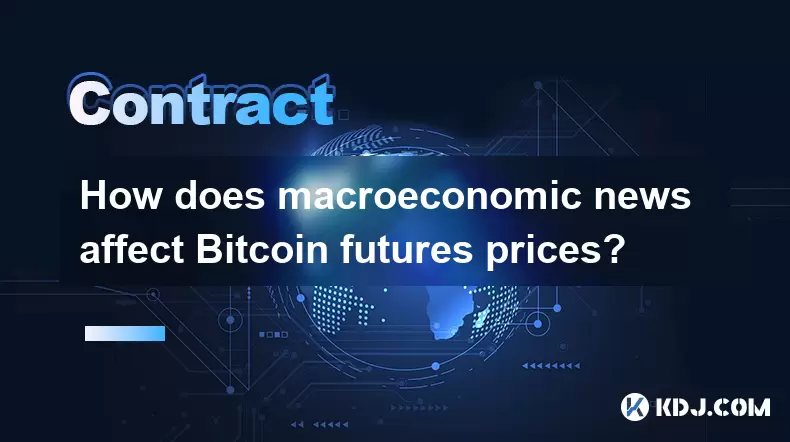-
 Bitcoin
Bitcoin $118,209.3536
1.16% -
 Ethereum
Ethereum $3,151.7546
5.98% -
 XRP
XRP $2.9277
2.35% -
 Tether USDt
Tether USDt $1.0000
0.00% -
 BNB
BNB $689.7099
1.26% -
 Solana
Solana $163.4270
1.91% -
 USDC
USDC $1.0000
0.02% -
 Dogecoin
Dogecoin $0.1983
3.74% -
 TRON
TRON $0.3008
0.51% -
 Cardano
Cardano $0.7435
2.86% -
 Hyperliquid
Hyperliquid $47.6547
-0.48% -
 Stellar
Stellar $0.4625
2.79% -
 Sui
Sui $3.9921
2.71% -
 Chainlink
Chainlink $16.0608
4.23% -
 Hedera
Hedera $0.2348
1.56% -
 Bitcoin Cash
Bitcoin Cash $496.6985
1.25% -
 Avalanche
Avalanche $21.9038
5.41% -
 UNUS SED LEO
UNUS SED LEO $8.8356
-1.88% -
 Shiba Inu
Shiba Inu $0.0...01364
5.31% -
 Toncoin
Toncoin $3.1102
4.35% -
 Litecoin
Litecoin $95.9756
3.59% -
 Polkadot
Polkadot $4.0925
5.78% -
 Monero
Monero $333.7622
-1.44% -
 Uniswap
Uniswap $9.1968
2.25% -
 Bitget Token
Bitget Token $4.6378
6.23% -
 Pepe
Pepe $0.0...01282
6.77% -
 Dai
Dai $1.0002
0.03% -
 Ethena USDe
Ethena USDe $1.0005
0.00% -
 Aave
Aave $329.9143
4.49% -
 Bittensor
Bittensor $441.4995
6.89%
Explain ERC-20 vs ERC-721 smart contracts
ERC-20 tokens are fungible and ideal for currencies, while ERC-721 tokens are unique NFTs used for digital collectibles and assets.
Jul 10, 2025 at 06:21 pm

Understanding the Basics of ERC-20 and ERC-721
When discussing Ethereum-based tokens, two of the most commonly referenced standards are ERC-20 and ERC-721. These are smart contract templates that define how tokens behave on the Ethereum blockchain. ERC-20 is primarily used for fungible tokens, meaning each token is identical and interchangeable with another of the same type. This makes it ideal for use cases like currency or utility tokens.
On the other hand, ERC-721 represents non-fungible tokens (NFTs), where each token is unique and cannot be directly replaced by another. This standard enables digital collectibles, art, game items, and more to have distinct properties and ownership records on the blockchain.
The distinction between these two standards lies in their intended use cases and the way they handle token transfers and identification.
Token Structure and Interchangeability
In an ERC-20 contract, tokens are structured as a simple balance associated with an address. Each token has the same value and functionality as any other token of the same contract. For example, if you own 100 DAI tokens, each DAI is worth exactly the same as another DAI, and transferring one doesn't affect the overall value or identity of your holdings.
Conversely, ERC-721 tokens are uniquely identifiable through individual IDs. Each token has metadata and attributes that distinguish it from others, even within the same contract. When you own an NFT representing a piece of digital art, no other token can replace it because its ID and content are unique.
This structural difference affects how developers implement features such as transfers, approvals, and ownership tracking in decentralized applications.
Smart Contract Functions and Interfaces
The ERC-20 standard defines several core functions and events that must be implemented in a compliant contract. These include:
totalSupply()– returns the total number of tokens in circulationbalanceOf(address account)– retrieves the token balance of a specific addresstransfer(address recipient, uint256 amount)– allows a user to send tokens to another addressapprove(address spender, uint256 amount)– authorizes another address to spend tokens on behalf of the owner
These functions ensure seamless interaction between wallets, exchanges, and dApps.
For ERC-721, the interface includes functions that accommodate uniqueness:
balanceOf(address owner)– checks how many NFTs an address ownsownerOf(uint256 tokenId)– identifies the current owner of a specific token IDsafeTransferFrom(address from, address to, uint256 tokenId)– securely transfers a token while ensuring the receiver can handle itapprove(address approved, uint256 tokenId)– grants permission to transfer a specific token
These differences in function sets reflect the contrasting needs of fungible and non-fungible token ecosystems.
Use Cases and Real-World Applications
The ERC-20 standard powers a vast array of projects, including stablecoins like Tether (USDT) and Dai (DAI), governance tokens like UNI and COMP, and utility tokens across DeFi platforms. Because of their uniformity, these tokens are well-suited for financial applications where divisibility and interchangeability are crucial.
In contrast, ERC-721 has fueled the rise of NFT marketplaces such as OpenSea, Rarible, and Foundation, where digital collectibles, virtual real estate, and in-game assets are traded. Projects like CryptoPunks, Bored Ape Yacht Club, and Decentraland leverage this standard to assign verifiable scarcity and ownership to unique digital items.
Developers often choose between these standards based on whether the asset being tokenized requires individuality and provenance tracking or simple fungibility and exchangeability.
Gas Efficiency and Transfer Mechanisms
Transferring ERC-20 tokens typically involves a single transaction per transfer, making them relatively gas-efficient when dealing with large volumes. The simplicity of the standard also means fewer computations are required to execute transactions.
However, moving multiple ERC-721 tokens requires separate transactions for each token, which can lead to higher gas costs. To mitigate this, some developers bundle multiple NFTs into a single transaction using batch transfer extensions or alternative standards like ERC-1155, which combines both fungible and non-fungible features.
Moreover, ERC-721 requires additional logic to track token ownership at the individual level, increasing contract complexity and execution cost compared to ERC-20 contracts.
Frequently Asked Questions
Can an ERC-20 token ever become non-fungible?
No, an ERC-20 token is inherently fungible due to its design. However, developers can create a new contract using ERC-721 or ERC-1155 to represent unique assets derived from the original token, though this would not change the nature of the existing ERC-20 token itself.
Is it possible to convert an ERC-721 token into an ERC-20 token?
Technically, yes, but only by creating a mechanism where ERC-721 tokens are locked and represented as fungible tokens via a wrapper contract. This is often seen in fractionalization platforms where NFTs are converted into divisible shares.
Which standard is better for gaming assets: ERC-20 or ERC-721?
It depends on the asset type. Use ERC-20 for consumables like in-game currency or potions that are interchangeable. Use ERC-721 for unique items like weapons, characters, or skins that have individual traits and rarity.
Do ERC-20 and ERC-721 contracts support metadata?
ERC-20 does not natively support metadata beyond basic token details like name and symbol. ERC-721, however, includes metadata support through off-chain storage references (like IPFS) that allow for rich descriptions, images, and attributes tied to each token.
Disclaimer:info@kdj.com
The information provided is not trading advice. kdj.com does not assume any responsibility for any investments made based on the information provided in this article. Cryptocurrencies are highly volatile and it is highly recommended that you invest with caution after thorough research!
If you believe that the content used on this website infringes your copyright, please contact us immediately (info@kdj.com) and we will delete it promptly.
- Bitcoin, Crypto, and Rate Cut Hopes: A Bullish Brew for the Summer?
- 2025-07-17 00:30:12
- Dogecoin vs. Ruvi AI: Why Audited AI Tokens Are the Future
- 2025-07-17 00:50:12
- BlockDAG, No Vesting, Kas ATOM: Crypto Summer's Standout Story?
- 2025-07-17 01:10:13
- Crypto Spotlight: Unilabs Finance Shines Amid Cardano's Uncertainty
- 2025-07-17 00:50:12
- Floki Price Breaks Trendline Resistance: Rally Fueled by Key Breakouts and Ecosystem Growth
- 2025-07-17 01:30:13
- BlockDAG, SEI, and Altcoin Signals: What's Hot in Crypto Right Now?
- 2025-07-17 01:30:13
Related knowledge

What is a stablecoin-margined contract vs a coin-margined contract?
Jul 15,2025 at 06:36pm
Understanding the Difference Between Stablecoin-Margined Contracts and Coin-Margined ContractsIn the world of cryptocurrency derivatives, margin plays...

How to analyze volume profile for Bitcoin futures?
Jul 17,2025 at 01:21am
Understanding Volume Profile in Bitcoin Futures TradingVolume profile is a crucial analytical tool used by traders to assess the distribution of tradi...

How to backtest a Bitcoin futures trading strategy?
Jul 15,2025 at 11:35am
Understanding Bitcoin Futures TradingBitcoin futures trading involves contracts to buy or sell Bitcoin at a predetermined price and date in the future...

Psychology of trading Bitcoin contracts
Jul 13,2025 at 02:50am
Understanding the Emotional Rollercoaster of Bitcoin Futures TradingBitcoin contract trading, especially in the form of futures, introduces a high lev...

Can the Lightning Network be used for smart contracts?
Jul 14,2025 at 11:28pm
Understanding the Lightning Network's Core FunctionalityThe Lightning Network is a second-layer solution built on top of blockchain protocols like Bit...

How does macroeconomic news affect Bitcoin futures prices?
Jul 15,2025 at 04:56pm
Understanding the Relationship Between Macroeconomic News and Bitcoin FuturesBitcoin futures are derivative contracts that allow traders to speculate ...

What is a stablecoin-margined contract vs a coin-margined contract?
Jul 15,2025 at 06:36pm
Understanding the Difference Between Stablecoin-Margined Contracts and Coin-Margined ContractsIn the world of cryptocurrency derivatives, margin plays...

How to analyze volume profile for Bitcoin futures?
Jul 17,2025 at 01:21am
Understanding Volume Profile in Bitcoin Futures TradingVolume profile is a crucial analytical tool used by traders to assess the distribution of tradi...

How to backtest a Bitcoin futures trading strategy?
Jul 15,2025 at 11:35am
Understanding Bitcoin Futures TradingBitcoin futures trading involves contracts to buy or sell Bitcoin at a predetermined price and date in the future...

Psychology of trading Bitcoin contracts
Jul 13,2025 at 02:50am
Understanding the Emotional Rollercoaster of Bitcoin Futures TradingBitcoin contract trading, especially in the form of futures, introduces a high lev...

Can the Lightning Network be used for smart contracts?
Jul 14,2025 at 11:28pm
Understanding the Lightning Network's Core FunctionalityThe Lightning Network is a second-layer solution built on top of blockchain protocols like Bit...

How does macroeconomic news affect Bitcoin futures prices?
Jul 15,2025 at 04:56pm
Understanding the Relationship Between Macroeconomic News and Bitcoin FuturesBitcoin futures are derivative contracts that allow traders to speculate ...
See all articles

























































































